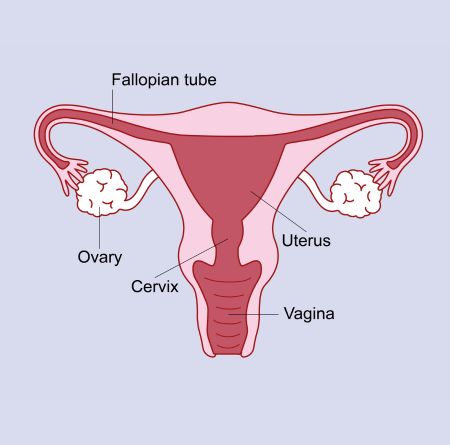Hysterectomy

Hysterectomies can be performed through different surgical techniques, including abdominal hysterectomy (through an incision in the abdomen), vaginal hysterectomy (through the vagina), laparoscopic hysterectomy (using small incisions and a camera), or robotic-assisted hysterectomy (using robotic arms controlled by the surgeon).
After a hysterectomy, menstruation stops, and the individual can no longer become pregnant. Depending on whether the ovaries are also removed, hormonal changes may occur, leading to menopause symptoms if the individual has not already gone through menopause.
Recovery from a hysterectomy varies depending on the type of surgery and individual factors but typically involves some discomfort and a period of rest before gradually returning to normal activities.
TREATMENT
- Uterine fibroids that cause significant symptoms such as heavy menstrual bleeding, pelvic pain, or pressure.
- Endometriosis, a condition where tissue similar to the uterine lining grows outside the uterus and causes pain and other symptoms.
- Adenomyosis, a condition where the uterine lining grows into the muscular wall of the uterus, causing pain and heavy bleeding.
- Uterine prolapse, where the uterus descends into the vaginal canal due to weakened pelvic floor muscles.
- Gynecological cancers such as uterine, cervical, or ovarian cancer.
